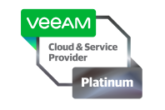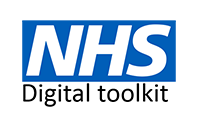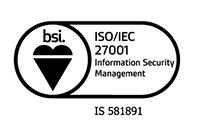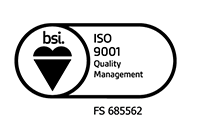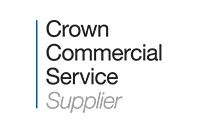Support has now ceased for Windows 7. That does not mean that PC’s running the OS will stop working, but it means there have been no security updates, patches or technical support since January 2020.
The UK’s National Cyber Security Centre (NCSC) – the cyber arm of the GCHQ intelligence service – has issued a warning over the continued use of Windows 7 devices, informing users they shouldn’t use the operating system when accessing personal data, such as internet banking or emails.
Should a new security vulnerability or software bug be uncovered in Windows 7, Microsoft is no longer obliged to release any sort of patch to fix the issue or security updates to remove vulnerabilities. This is more prevalent than ever before in the current business climate and could lead to potential security risks for individuals, home workers and businesses that are targeted and exploited by cyber-criminals and malware to gain access to data through vulnerable devices.
For all CT customers, we would strongly recommend that if your business still operates Windows 7 and no action is taken to upgrade to Windows 10, you’re putting your business at risk. Without security patches and software updates your IT systems will be left vulnerable to cyber-attacks, potentially compromising the security of your data. Hackers will be hunting for unsupported devices that they can then exploit, infiltrating networks via phishing or malware attacks and causing data breaches.
Whilst you have a number of choices when moving operating systems, for CT customers, the obvious, least disruptive and simplest option is to upgrade to Windows 10.
Reason why you may not have upgraded
- Compatibility – you don’t have Widows 10 drivers
- Because Windows 7 works – why should I upgrade?
- Upgrade is too expensive
- Updates are too intrusive
- Worry about loss of data or programmes in the update process
- IT department is too understaffed and too busy
CT understands in the current climate that businesses may be still resistant to upgrading to Windows 10, citing costs and business disruption as the reason. Unfortunately, these costs and disruptions will only be magnified ten-fold, should a vulnerability be exploited by a cyber-attack, which will just be a matter of time.
Think about the cost and impact to your business if data is lost, compromised or your IT systems are not accessible?
We can assure you; CT will identify the most ideal, least disruptive, cost effective solution to meet the needs of your business as well as finance options to assist in managing the costs over a set period of time.
What are the benefits of upgrading to Windows 10?
- Both operating systems are made by Microsoft. The upgrade process is relatively easy, and in many cases you can keep your files on your PC. This means you’ll experience the minimum of disruption when upgrading to Windows 10.
- Most programs you use will have been updated to work on Windows 10 as well, and the layout and interface are similar to Windows 7, so you shouldn’t find it too hard to adjust.
- Your business will stay protected and compliant.
- Greater speed, security, interface ease, compatibility, and software tools—Windows 10 is a massive improvement over its predecessors.
- Microsoft has made Windows 10 able to run on older hardware however, it’s still a modern operating system that may struggle to work well on your old Windows 7 machine.
The minimum specification for Windows 10:
- Processor: 1 gigahertz (GHz) or faster processor or SoC.
- RAM: 1 gigabyte (GB) for 32-bit or 2 GB for 64-bit.
- Hard disk space: 16 GB for 32-bit OS 20 GB for 64-bit OS.
- Graphics card: DirectX 9 or later with WDDM 1.0 driver.
- Display: 800 x 600 resolution
If your Windows 7 machine doesn’t meet these specifications you won’t be able to run Windows 10 – and even if your machine just meets the requirements, Windows 10 won’t run that well.
Upgrading to a new machine is another option. CT will ensure that all business data and applications identified are migrated across from the legacy device ensuring that any disruptions are kept to a minimum.

